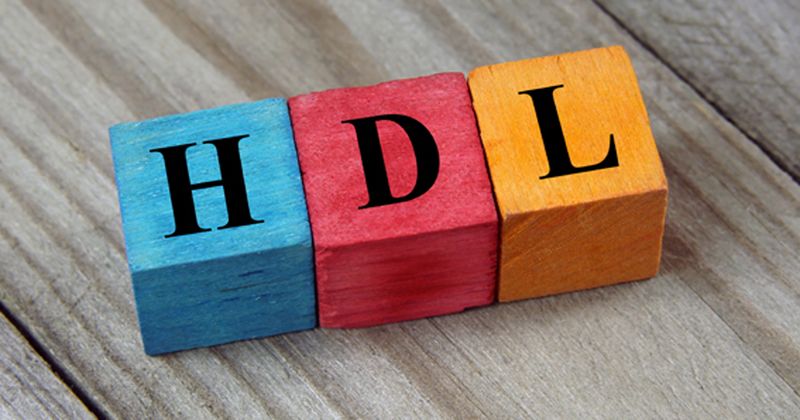HDL too high or low linked with CV event risk in men with hypertension
Among patients with clinical hypertension, researchers observed greater risk for CV events among men with high and low HDL levels compared with men with medium HDL, defined as 40 mg/dL to 80 mg/dL.
The association between HDL level and CV risk in patients with hypertension was not observed in women, according to the study published in Hypertension.

Valentina Trimarco, of the department of neuroscience, reproductive sciences and dentistry at Federico II University in Naples, Italy, and colleagues wrote that prior studies have postulated that for every 1 mg/dL increase in HDL, risk for CV death is reduced 2% to 3%.
“In the algorithms currently used to calculate cardiovascular risk in the general population, HDL-C levels are considered protective,” the researchers wrote. “Our findings indicate that at high levels (ie, > 80 mg/dL), this protective effect does not appear to hold true and, in fact, may confer an increased risk in male patients with hypertension.”
To better understand the relationship between HDL and CV event risk in patients with hypertension, researchers utilized the Campania Salute Network, a large population with a high CV risk, well-characterized cardiometabolic measures and long-term follow-up.
CV events included major adverse CV events, sudden cardiac death, fatal and nonfatal MI or stroke, myocardial revascularization, HF hospitalization, carotid stenting, transient ischemic attack, de novo angina and atrial fibrillation.
The analysis included 11,987 patients with hypertension (mean follow-up, 25.1 years) who were divided into three groups by HDL levels: low HDL of less than 40 mg/dL; medium HDL of between 40 and 80 mg/dL; and high HDL of more than 80 mg/dL.
The researchers noted that mean HDL was higher in women compared with men (54.4 mg/dL vs. 47.28 mg/dL; P < .0001).
Over a total follow-up of 25,534 person-years, 245 CV events occurred, with the following prevalence in each HDL group:
- 3.5% in those with high HDL;
- 3.4% in those with low HDL (P < .08); and
- 2.6% in those with medium HDL (P vs. low and high HDL = .02).
In other findings, researchers noted that the association between elevated risk for CV events in patients with low or high HDL level was not seen among the women in the study cohort.
“Our observations address an important knowledge gap in the field: indeed, in the current algorithms used to calculate cardiovascular risk in the general population, HDL-C level is considered as a protective factor, whereas at very high levels, this protective effect does not appear to hold true and, in fact, may confer an increased risk,” the researchers wrote. “The increased cardiovascular risk associated with elevated levels of HDL-C was not confirmed in female subjects. Notably, we need to consider the low proportion of events (especially in the female cohort), leading to less precise estimates compared with the overall cohort.”
